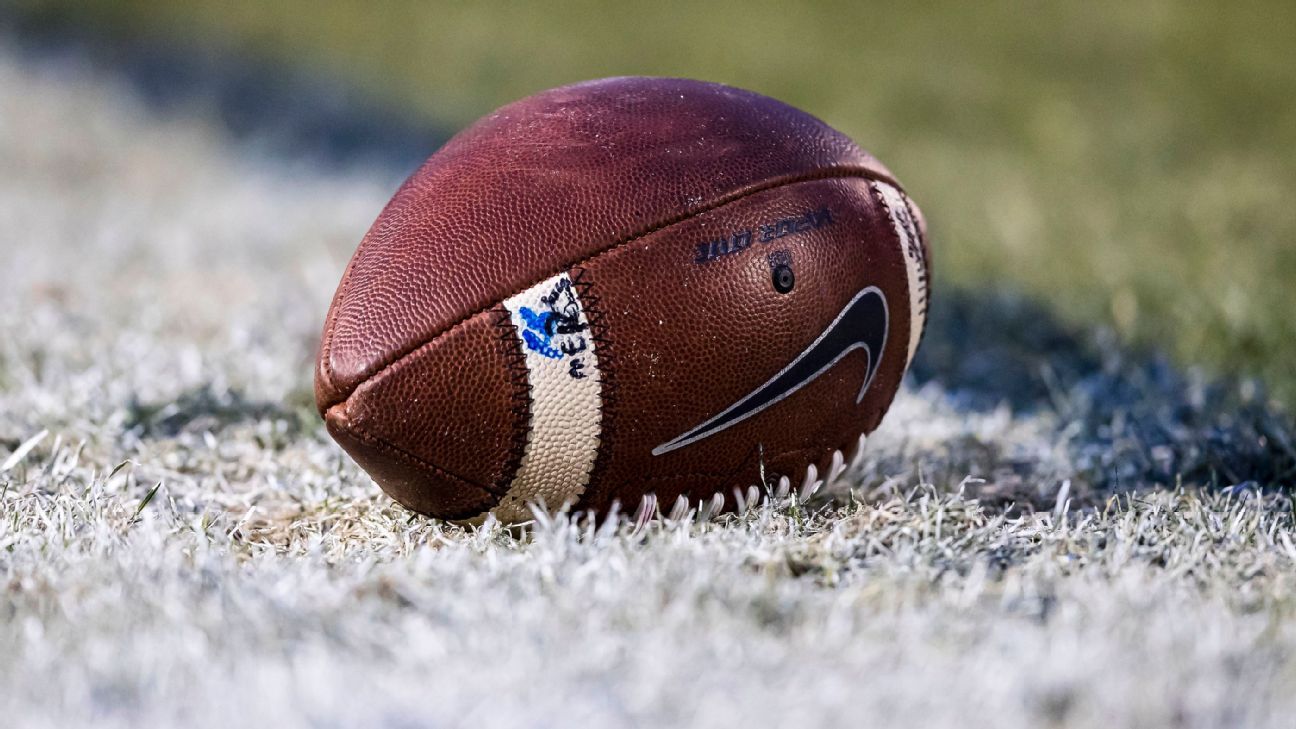The NCAA’s Division I council on Wednesday approved a 12-hour schedule model for teams not playing this fall that includes time for strength and conditioning, meetings, and five hours of on-field activities with helmets per week.
The council also recommended that all fall sports athletes be allowed to freeze their eligibility this season so that they won’t lose it regardless of how many games they might participate in.
West Virginia athletic director Shane Lyons, the chair of the NCAA’s Football Oversight Committee, said the athletes would have six years to use five years of eligibility, and it wouldn’t matter if they decided to redshirt. The proposal has to be approved by the Division I board of directors, which meets on Friday afternoon.
No changes have been made to current transfer rules, and the eligibility recommendation doesn’t impact transferring, Lyons said.
The 12-hour model is currently in place from Aug. 24 to Oct. 4, Lyons said, and the oversight committee will continue to consider what a practice will look like beyond that and present it to the Division I council again in September.
The plan approved Wednesday aims to provide some structure and continued practice time to several conferences that have decided to postpone their seasons to the spring in the midst of the coronavirus pandemic, including the Big Ten, Pac-12, Mountain West and Mid-American conferences.
Lyons said the 12-hour rule was a compromise, and that the oversight committee felt 20 hours was too much in the fall, especially because the athletes hope to compete in the spring. Coaches can use the five hours of on-field activities at their discretion each week, meaning they can go one hour one day, and two hours another day if they want, but no contact is allowed.
The teams can’t do 11-on-11 or 7-on-7 drills, but it can be more than a walk-through. Lyons pointed out that for the players who have had their seasons pushed back to the spring, it could be more than a year before they play an actual football game.
“You can go at a faster speed,” Lyons said. “You can run your offensive scheme, you can run your defensive scheme, but it’s not 11-on-11 and all that. Most of the schools will do what they did in the summer, they’ll go through schemes and plays and stuff, but a lot of it will be individual drill work with your D-backs, your offensive line, defensive line.”
Still, some coaches such as Penn State’s James Franklin were looking for more time this fall.
“I don’t agree at all with the 12 hours,” Franklin said earlier Wednesday during his news conference. “That makes no sense that other teams are going to be having a season, and we’re only going to get to work with our guys for 12 hours. You’ve got voting from basically all the different conferences, and right now, the only people voting in the best interests of the Big Ten are the people from the Big Ten.”
Arizona State athletic director athletic director Ray Anderson called it a “good balance in terms of what people would like to do.”
“I think it’s a good compromise for those who say 20 hours, and those who say, no, 20 is too much, let’s go back to eight,” he said. “Folks can use it as their local health and safety policies and authorities allow you to do. We’ve got four of our Pac-12 teams — Cal, Stanford, UCLA and USC — who still can’t even go indoors and use footballs because the health authorities as of [Tuesday] afternoon to my knowledge have not granted the ability to go inside and hold those types of exercises.
“It will depend on where each of the medical communities are depending on the spread,” he said, “but I think 12 is an appropriate compromise that should allow everyone to accommodate what they need to do.”
